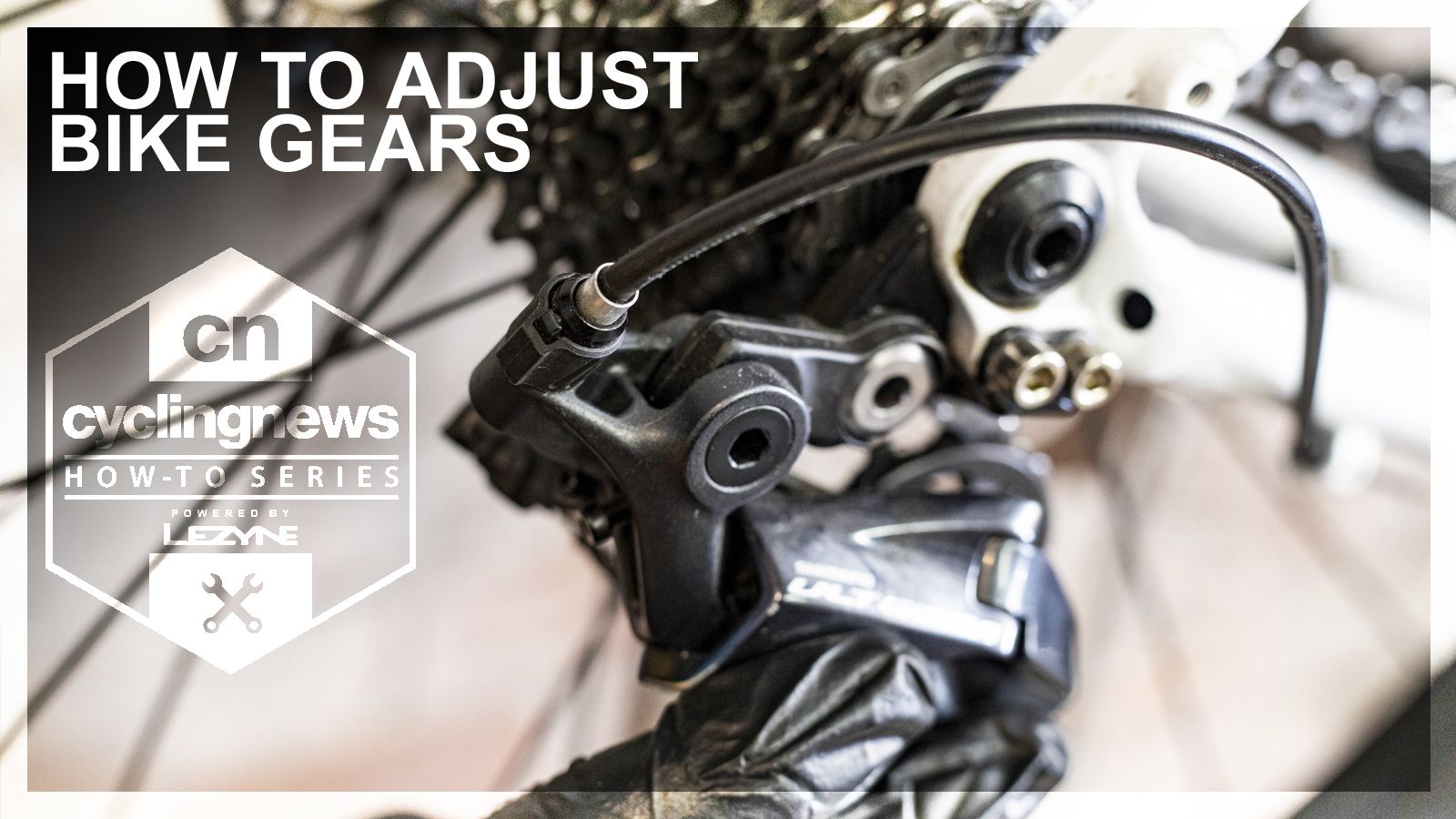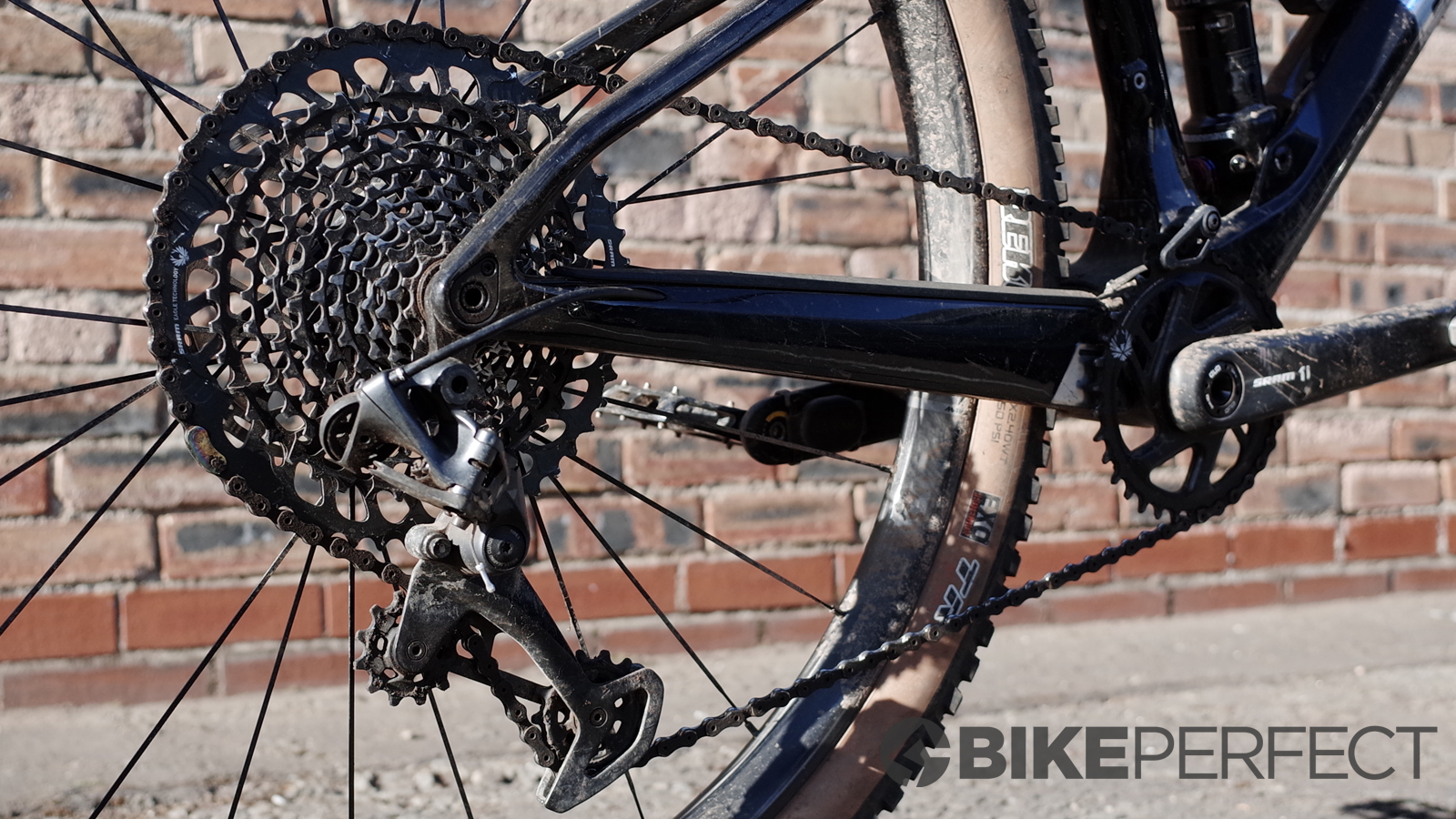Understanding Your Mountain Bike’s Gear System
A mountain bike’s gear system is a complex mechanism that enables riders to tackle various terrain and conditions with ease. At its core, the gear system consists of three primary components: gears, derailleurs, and shifters. Gears refer to the toothed wheels attached to the bike’s wheels and crankset, which provide different ratios of pedaling resistance. Derailleurs are the mechanical devices responsible for moving the chain from one gear to another, while shifters are the levers or buttons that control the derailleurs.
To understand how to adjust mtb gears, it’s essential to comprehend the relationships between these components. When a rider shifts gears, the shifter sends a signal to the derailleur, which then moves the chain to the desired gear. The derailleur’s alignment and tension play a crucial role in ensuring smooth gear shifting. Properly adjusted gears enable riders to maintain optimal cadence, conserve energy, and tackle challenging terrain with confidence.
The gear system’s complexity can be overwhelming, especially for novice riders. However, by grasping the fundamental principles of how gears, derailleurs, and shifters interact, riders can develop a deeper appreciation for the importance of proper gear adjustment. In the following sections, we’ll delve into the specifics of adjusting derailleurs and shifters, as well as troubleshooting common issues that may arise.
Pre-Adjustment Checks: Ensuring a Smooth Gear-Shifting Experience
Before diving into the world of gear adjustment, it’s essential to ensure that your mountain bike’s gear system is in good working condition. A thorough inspection of the cables, derailleurs, and shifters can help identify potential issues that may affect the adjustment process. Start by checking the cables for any signs of wear, fraying, or damage. If you find any issues, consider replacing the cables to prevent further problems.
Next, inspect the derailleurs for any signs of misalignment or damage. Check the derailleur’s hanger for any bends or warping, and ensure that the derailleur is properly attached to the frame. If you find any issues, consult your bike’s manual or contact a professional mechanic for assistance.
The shifters also require attention before adjusting the gears. Check the shift lever‘s position and ensure that it’s properly aligned with the derailleur. If the shift lever is loose or damaged, tighten or replace it as needed. Additionally, inspect the shifter’s cable tension and adjust it according to the manufacturer’s specifications.
By performing these pre-adjustment checks, you’ll be able to identify and address any potential issues that may affect the gear adjustment process. This will help ensure a smooth gear-shifting experience and prevent any further problems down the road. In the next section, we’ll dive into the step-by-step process of adjusting the derailleurs.
Adjusting the Derailleurs: A Step-by-Step Guide
Adjusting the derailleurs is a crucial step in ensuring smooth gear shifting on your mountain bike. To begin, locate the limit screws on the derailleur. These screws control the derailleur’s range of motion and must be adjusted properly to prevent the chain from shifting into the spokes or falling off the gears.
Turn the limit screws clockwise to tighten or counterclockwise to loosen. Start by adjusting the high limit screw, which controls the derailleur’s upper limit. Turn the screw clockwise until the derailleur is aligned with the smallest cog on the cassette. Then, adjust the low limit screw, which controls the derailleur’s lower limit. Turn the screw counterclockwise until the derailleur is aligned with the largest cog on the cassette.
Next, adjust the barrel adjuster, which controls the derailleur’s cable tension. Turn the barrel adjuster clockwise to tighten or counterclockwise to loosen. The goal is to achieve a smooth, consistent shift between gears. If the shift is too slow or too fast, adjust the barrel adjuster accordingly.
Finally, fine-tune the derailleur’s alignment by adjusting the B-tension screw. This screw controls the derailleur’s angle and must be adjusted properly to prevent the chain from rubbing against the frame or falling off the gears. Turn the B-tension screw clockwise to increase the tension or counterclockwise to decrease the tension.
By following these steps, you’ll be able to adjust your mountain bike’s derailleurs for smooth, precise gear shifting. Remember to always refer to your bike’s manual for specific instructions, as the adjustment process may vary depending on the model and type of derailleur.
Shifter Adjustment: Getting the Perfect Gear Shift
Adjusting the shifters is a crucial step in ensuring smooth gear shifting on your mountain bike. The shifters are responsible for controlling the derailleurs, and proper adjustment is necessary to achieve precise gear shifts. To begin, locate the shift lever‘s position and adjust it to your desired setting. The shift lever should be positioned so that it’s easy to reach and operate while riding.
Next, adjust the shifter’s cable tension. The cable tension affects the shift lever’s feel and the derailleurs’ performance. To adjust the cable tension, turn the barrel adjuster clockwise to tighten or counterclockwise to loosen. The goal is to achieve a smooth, consistent shift between gears. If the shift is too slow or too fast, adjust the cable tension accordingly.
Finally, fine-tune the shifter’s alignment by adjusting the shifter’s limit screws. The limit screws control the shifter’s range of motion and must be adjusted properly to prevent the chain from shifting into the spokes or falling off the gears. Turn the limit screws clockwise to tighten or counterclockwise to loosen, and adjust the shifter’s alignment accordingly.
When adjusting the shifters, it’s essential to consider the type of shifter you’re using. For example, Shimano shifters have a specific adjustment procedure that differs from SRAM shifters. Consult your bike’s manual or contact a professional mechanic for specific instructions on adjusting your shifters.
By following these steps, you’ll be able to adjust your mountain bike’s shifters for smooth, precise gear shifting. Remember to always refer to your bike’s manual for specific instructions, as the adjustment process may vary depending on the model and type of shifter.
Troubleshooting Common Gear Adjustment Issues
Despite proper adjustment, issues can still arise with your mountain bike’s gear system. Ghost shifting, skipping gears, and uneven gear wear are common problems that can be frustrating to deal with. In this section, we’ll discuss troubleshooting tips and solutions for each issue.
Ghost shifting occurs when the chain shifts into the wrong gear, often due to a misaligned derailleur or incorrect cable tension. To troubleshoot ghost shifting, check the derailleur’s alignment and adjust the limit screws as needed. Also, ensure the cable tension is set correctly, as excessive tension can cause ghost shifting.
Skipping gears is another common issue, often caused by worn or damaged gears. Inspect the gears for signs of wear and replace them if necessary. Also, check the derailleur’s alignment and adjust the limit screws to ensure proper gear engagement.
Uneven gear wear can occur due to improper gear adjustment or excessive wear on the chain and gears. To troubleshoot uneven gear wear, inspect the gears and chain for signs of wear and replace them if necessary. Also, adjust the derailleur’s alignment and limit screws to ensure proper gear engagement.
By following these troubleshooting tips, you’ll be able to identify and resolve common gear adjustment issues. Remember to always refer to your bike’s manual for specific instructions, as the troubleshooting process may vary depending on the model and type of gear system.
Regular maintenance is also key to preventing gear adjustment issues. By incorporating regular cleaning, lubricating, and inspecting into your bike maintenance routine, you’ll be able to identify potential issues before they become major problems.
Real-World Examples: Adjusting Gears on Popular Mountain Bikes
To illustrate the concepts discussed in this article, let’s take a look at how to adjust gears on two popular mountain bikes: the Shimano XT and SRAM GX.
Shimano XT is a popular choice among mountain bikers, known for its reliable and smooth gear shifting. To adjust the gears on a Shimano XT, start by checking the derailleur’s alignment and adjusting the limit screws as needed. Next, adjust the barrel adjuster to fine-tune the gear shifting. Finally, check the cable tension and adjust it to ensure smooth shifting.
SRAM GX, on the other hand, is a popular choice among trail and enduro riders. To adjust the gears on a SRAM GX, start by checking the derailleur’s alignment and adjusting the limit screws as needed. Next, adjust the barrel adjuster to fine-tune the gear shifting. Finally, check the cable tension and adjust it to ensure smooth shifting.
One key difference between the Shimano XT and SRAM GX is the type of shifter used. Shimano XT uses a trigger shifter, while SRAM GX uses a grip shifter. When adjusting the gears on a SRAM GX, be sure to adjust the grip shifter’s position and cable tension accordingly.
By following these examples, you’ll be able to adjust the gears on your mountain bike with confidence. Remember to always refer to your bike’s manual for specific instructions, as the adjustment process may vary depending on the model and type of gear system.
Best Practices for Regular Gear Maintenance
Regular gear maintenance is essential to ensure smooth gear shifting and prevent wear and tear on your mountain bike’s gear system. By incorporating the following best practices into your regular bike maintenance routine, you’ll be able to keep your gears running smoothly and prolong the life of your bike’s components.
Cleaning the gear system is a crucial step in regular maintenance. Use a soft-bristled brush and mild soap to clean the gears, derailleurs, and shifters. Avoid using harsh chemicals or abrasive materials that can damage the components.
Lubricating the gear system is also essential to prevent wear and tear. Use a high-quality lubricant specifically designed for mountain bike gears, and apply it to the gears, derailleurs, and shifters according to the manufacturer’s instructions.
Inspecting the gear system is another important step in regular maintenance. Check the gears, derailleurs, and shifters for signs of wear and tear, and replace any damaged or worn-out components as needed.
By incorporating these best practices into your regular bike maintenance routine, you’ll be able to keep your gears running smoothly and prolong the life of your bike’s components. Remember to always refer to your bike’s manual for specific instructions on how to maintain your gear system.
Regular gear maintenance is also a great opportunity to inspect and adjust your gears to ensure optimal performance. By following the steps outlined in this article, you’ll be able to adjust your gears with confidence and keep your mountain bike running smoothly.
Conclusion: Smooth Shifting and Happy Trails
In conclusion, adjusting your mountain bike’s gears is a crucial step in ensuring a smooth and enjoyable riding experience. By following the steps outlined in this article, you’ll be able to adjust your gears with confidence and keep your mountain bike running smoothly.
Remember, proper gear adjustment is essential for optimal performance, safety, and longevity of your bike’s components. By incorporating regular gear maintenance into your bike maintenance routine, you’ll be able to prevent wear and tear, and ensure a smooth gear-shifting experience.
Whether you’re a seasoned mountain biker or just starting out, mastering the art of gear adjustment will take your riding experience to the next level. So, get out there and practice your gear adjustment skills, and happy trails!








